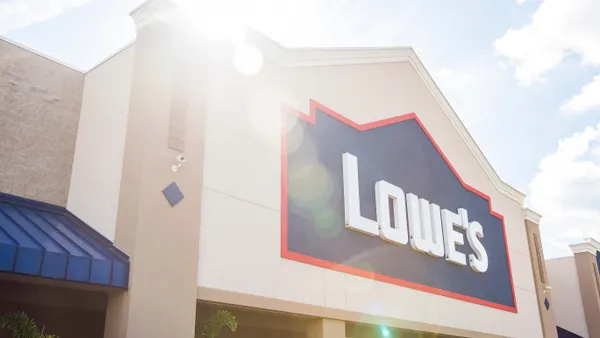Dive Brief:
- With current estimates of wasted food reaching roughly 18% of landfill space, the USDA is reaching out to the University of Arizona's W.P. Carey School of Business to examine two potential plans for reducing that number, ASU reported last week.
- The first is to explore alternative means of selling imperfect fruit and other items through an independent system or platform to alert potential buyers of the surplus. Consumers may then visit the app or website, make selections, then allow the app to design delivery logistics and payment. Students from California Polytechnic will also participate.
- The second method is an experiment with Scan Based Trading (SBT), in which suppliers maintain ownership of food items until purchase. Retailers like Target maintain the displays until the food is sold. Suppliers can replenish directly at stores, rather than have to dispense their products through a distribution center.
Dive Insight:
The role of the supply chain is invaluable in reducing food waste. Opportunities for efficiency improvements exist at every stage of the supply chain, from improved packaging to better cold chain technology. The employment of data analytics can help assess where in the supply chain waste is most likely to occur, and then action can be taken to avoid rot, whether through early preservation (freezing) or reduced prices at the source, such as the farm from where the produce is cultivated.
However, the chain needs the cooperation of partners in transportation and retail. The best designed package will not be sufficient if it is shipped on a truck with varying or malfunctioning refrigeration, or if it is dropped en route to the freezer section. Expanding visibility of the chain to include transporters and vendors will help reduce waste, particularly if the loss of a previously viable item becomes not a write-off but a shared deduction in profits. One way to do this is to attach RFID tags or QR codes to packages so that suppliers can track a package from beginning to end of the route.
Food waste does more than leave people hungry; it also damages the environment. Food decomposition generates methane, a greenhouse gas known to be 23 times more effective at trapping heat within the atmosphere than carbon dioxide. According to the EPA, landfills account for at least 34% of U.S. methane emissions, a significant increase in our collective carbon footprint.













